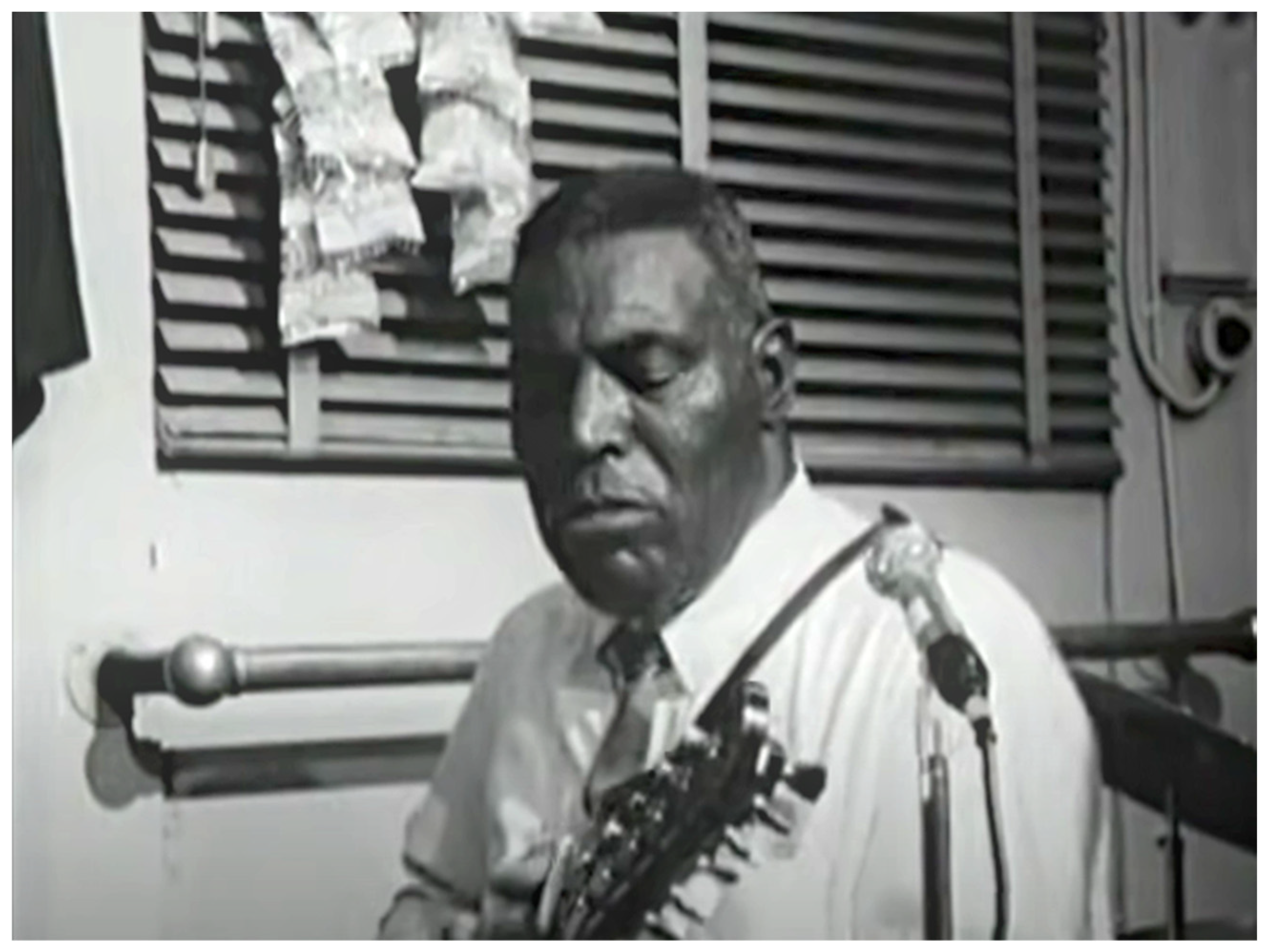Special Issue “Bio-Nano Interactions 2.0”
Funding
Conflicts of Interest
References
- Sen, S.; Banerjee, A.; Acharjee, A. Nanotechnology: Shaping the World Atom by Atom; NSTC, 1999. [Google Scholar]
- Lynch, I.; Feitshans, I.L.; Kendall, M. ‘Bio-Nano Interactions: New Tools, Insights and Impacts’: Summary of the Royal Society Discussion Meeting. Philos. Trans. R. Soc. B Biol. Sci. 2015, 370, 20140162. [Google Scholar] [CrossRef] [PubMed]
- Cecconello, A.; Simmel, F.C. Controlling Chirality across Length Scales Using DNA. Small 2019, 15, 1805419. [Google Scholar] [CrossRef] [PubMed]
- Nienhaus, K.; Wang, H.; Nienhaus, G.U. Nanoparticles for Biomedical Applications: Exploring and Exploiting Molecular Interactions at the Nano-Bio Interface. Mater. Today Adv. 2020, 5, 100036. [Google Scholar] [CrossRef]
- Wilhelm, S.; Tavares, A.J.; Dai, Q.; Ohta, S.; Audet, J.; Dvorak, H.F.; Chan, W.C.W. Analysis of Nanoparticle Delivery to Tumours. Nat. Rev. Mater. 2016, 1, 16014. [Google Scholar] [CrossRef]
- Cai, K.; Wang, A.Z.; Yin, L.; Cheng, J. Bio-Nano Interface: The Impact of Biological Environment on Nanomaterials and Their Delivery Properties. J. Control. Release 2017, 263, 211–222. [Google Scholar] [CrossRef] [PubMed]
- Li, M.; Gao, Z.; Cui, J. Modulation of Colloidal Particle Stiffness for the Exploration of Bio–Nano Interactions. Langmuir 2022, 38, 6780–6785. [Google Scholar] [CrossRef] [PubMed]
- Cortez-Jugo, C.; Czuba-Wojnilowicz, E.; Tan, A.; Caruso, F. A Focus on “Bio” in Bio–Nanoscience: The Impact of Biological Factors on Nanomaterial Interactions. Adv. Healthc. Mater. 2021, 10, 2100574. [Google Scholar] [CrossRef] [PubMed]
- Silva, D.F.; Melo, A.L.P.; Uchôa, A.F.C.; Pereira, G.M.A.; Alves, A.E.F.; Vasconcellos, M.C.; Xavier-Júnior, F.H.; Passos, M.F. Biomedical Approach of Nanotechnology and Biological Risks: A Mini-Review. Int. J. Mol. Sci. 2023, 24, 16719. [Google Scholar] [CrossRef] [PubMed]
- Amoroso, G.; Ye, Q.; Cervantes-Salguero, K.; Fernández, G.; Cecconello, A.; Palma, M. DNA-Powered Stimuli-Responsive Single-Walled Carbon Nanotube Junctions. Chem. Mater. 2019, 31, 1537–1542. [Google Scholar] [CrossRef]
- Freeley, M.; Attanzio, A.; Cecconello, A.; Amoroso, G.; Clement, P.; Fernandez, G.; Gesuele, F.; Palma, M. Tuning the Coupling in Single-Molecule Heterostructures: DNA-Programmed and Reconfigurable Carbon Nanotube-Based Nanohybrids. Adv. Sci. 2018, 5, 1800596. [Google Scholar] [CrossRef] [PubMed]
- Huang, Y.; Ren, J.; Qu, X. Nanozymes: Classification, Catalytic Mechanisms, Activity Regulation, and Applications. Chem. Rev. 2019, 119, 4357–4412. [Google Scholar] [CrossRef] [PubMed]
- Zandieh, M.; Liu, J. Nanozymes: Definition, Activity, and Mechanisms. Adv. Mater. 2023, 2211041. [Google Scholar] [CrossRef] [PubMed]

Disclaimer/Publisher’s Note: The statements, opinions and data contained in all publications are solely those of the individual author(s) and contributor(s) and not of MDPI and/or the editor(s). MDPI and/or the editor(s) disclaim responsibility for any injury to people or property resulting from any ideas, methods, instructions or products referred to in the content. |
© 2024 by the authors. Licensee MDPI, Basel, Switzerland. This article is an open access article distributed under the terms and conditions of the Creative Commons Attribution (CC BY) license (https://creativecommons.org/licenses/by/4.0/).
Share and Cite
Cencini, A.; Magro, M. Special Issue “Bio-Nano Interactions 2.0”. Int. J. Mol. Sci. 2024, 25, 1667. https://doi.org/10.3390/ijms25031667
Cencini A, Magro M. Special Issue “Bio-Nano Interactions 2.0”. International Journal of Molecular Sciences. 2024; 25(3):1667. https://doi.org/10.3390/ijms25031667
Chicago/Turabian StyleCencini, Aura, and Massimiliano Magro. 2024. "Special Issue “Bio-Nano Interactions 2.0”" International Journal of Molecular Sciences 25, no. 3: 1667. https://doi.org/10.3390/ijms25031667
APA StyleCencini, A., & Magro, M. (2024). Special Issue “Bio-Nano Interactions 2.0”. International Journal of Molecular Sciences, 25(3), 1667. https://doi.org/10.3390/ijms25031667




